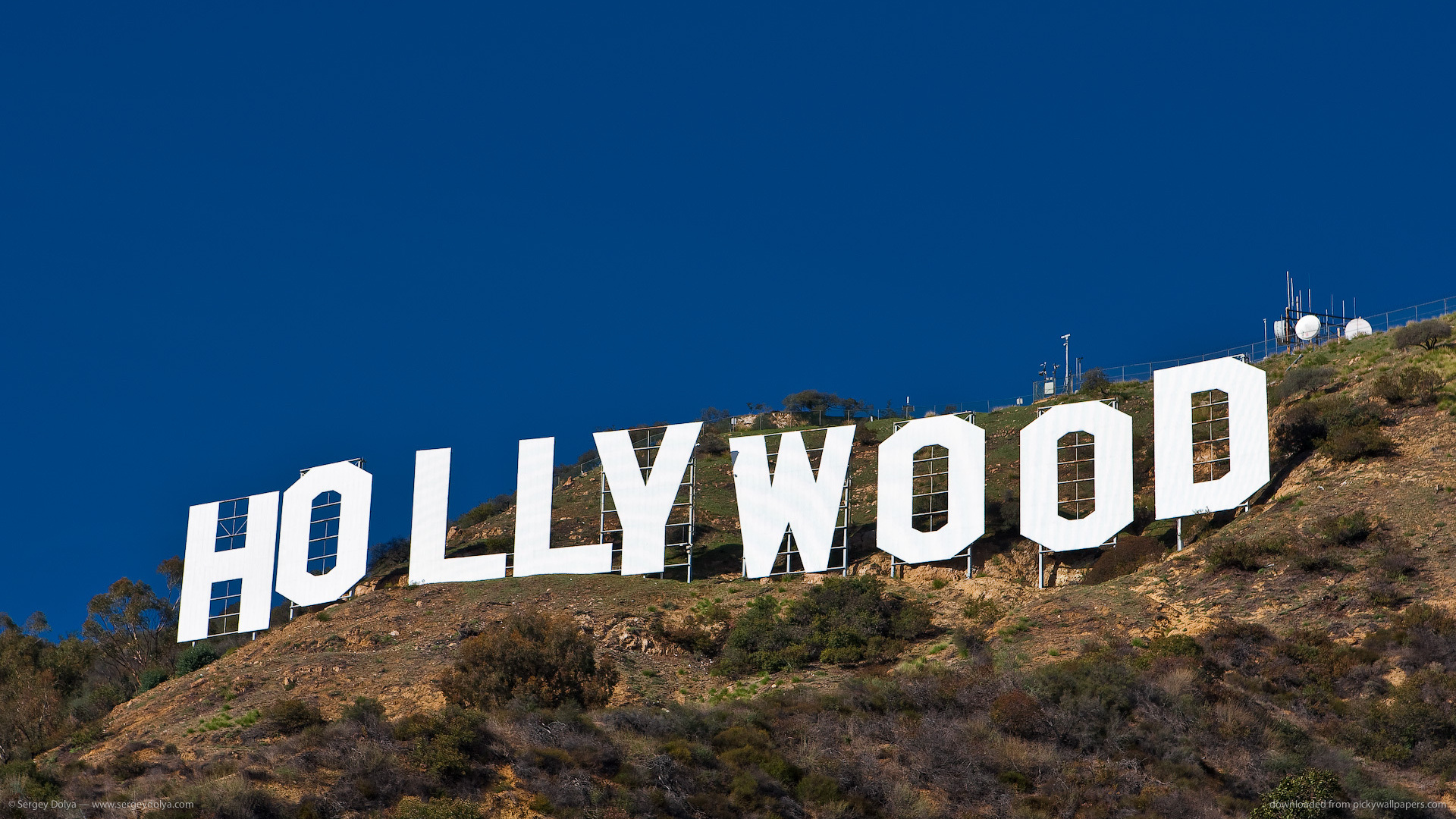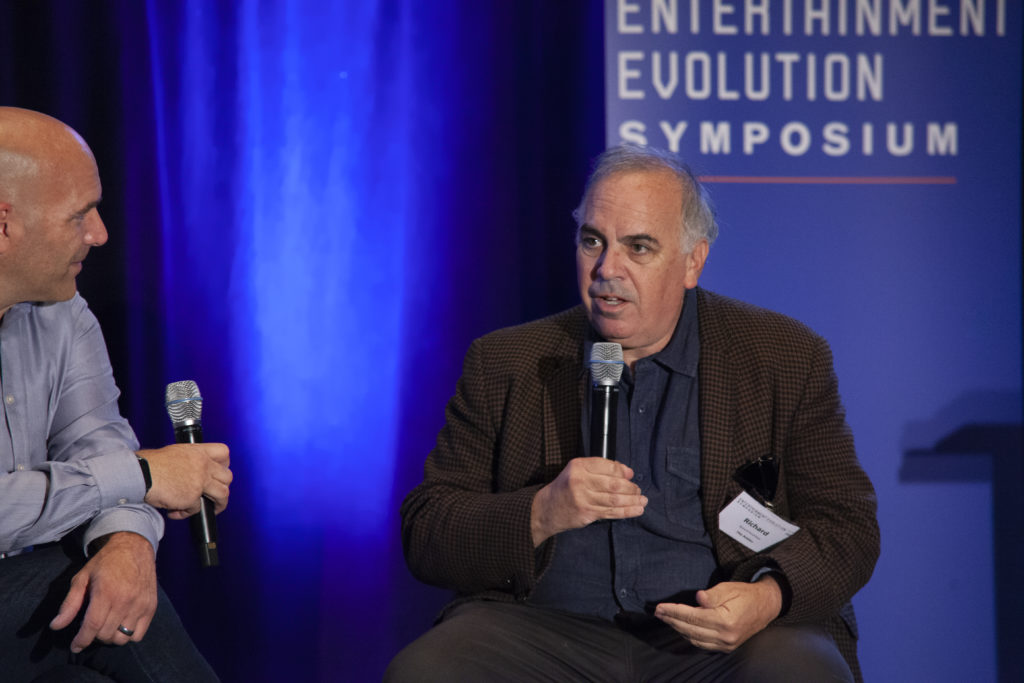M+E Connections

EES Closing Keynote: The Ankler Weighs in on Hollywood’s Transformation
Story Highlights
Hollywood has been undergoing a radical transformation that started before the pandemic, driven in part by the growing popularity of streaming video services, and that transformation only increased much faster during the pandemic, according to journalists from the trade newsletters The Ankler and The Wakeup.
Noting that he’s been covering the media and entertainment industry for several decades, Richard Rushfield, The Ankler editor-in-chief, said Sept. 21 at the Entertainment Evolution Symposium (EES) that his goal with that newsletter was to provide “something really meaningful and focused to the people in the industry” while being “fearless and sardonic and make waves and make trouble” in the process.
The Ankler “relaunched” in January 2020, he said during the closing keynote conversation “One More Thing…The Ankler Weighs In!” The newsletter gained tens of thousands of subscribers with its coverage of the upheavals and dislocations of the streaming wars.
One weakness of Hollywood is that it’s “dependent on making hits, [so] if you want to succeed, you have to get hits and no one knows what a hit will be,” he pointed out.
After all, he explained: “You can put together a great cast, a great idea, a great poster, a great title, great everything and, for some reason, people just don’t want see” the movie you made.
 “It’s a terrible business because you just have to put things out there and hope that people connect with it,” he said. “So, since the dawn of Hollywood, people have looked for ways to get around the fact that we’re dependent on these silly audiences and their whims” and the need for Hollywood to now crank out not just one film but a whole film series, he noted.
“It’s a terrible business because you just have to put things out there and hope that people connect with it,” he said. “So, since the dawn of Hollywood, people have looked for ways to get around the fact that we’re dependent on these silly audiences and their whims” and the need for Hollywood to now crank out not just one film but a whole film series, he noted.
One other big change is that many of us don’t refer to movies as entertainment anymore but instead “we talk about it as content now because entertainment is something that has to entertain, that has to fulfill a mission and do something specific,” he said.
“Content is stuff that you shove in a pipe and you hope to fill the pipeline with it,” he explained. We now have a bunch of streaming services that are doing just that: “trying to churn out these bigger experiences that just keep people hooked … and then it’s the latest way to try to avoid the hit and flop conundrum,” he said.
What we are “seeing lately with Netflix” is that, “even with this massive pipeline, the biggest pipeline that anyone has ever built in the history of Hollywood, you still have to get hits,” he went on to say. “And, if you don’t, you’re in trouble.”
Meanwhile, it has become harder than ever to gauge whether a film is a hit or not, Sean McNulty, creator and writer of The Wakeup newsletter, pointed out.
With the DVD business, “if you sold a certain number of units you got a check and you can make these movies that made financial sense,” McNulty noted.
Now, however, “one movie is a part of a streaming library sale to Netflix for five months” and that company won’t tell you how specific content titles are doing most of the time, he said. At the same time, Amazon and Netflix don’t share viewership data so you can’t usually be sure whether the services are doing well because subscribers are watching specific movie titles or Family Ties reruns, he noted.
And it’s much harder to find third-party data that provides streaming service data the way that companies have in years past to measure ticket sales at the box office or home entertainment rental and sales numbers, he added.
The Entertainment Evolution Symposium (EES) was presented by the Pepperdine Graziadio Business School Institute for Entertainment, Media and Sports (IEMS) and the Hollywood IT Society (HITS) and was sponsored by Iron Mountain, Signiant, Whip Media, Atos, Fortinet, FPT Software, invenioLSI, Perforce, Vision Media, and EIDR.









